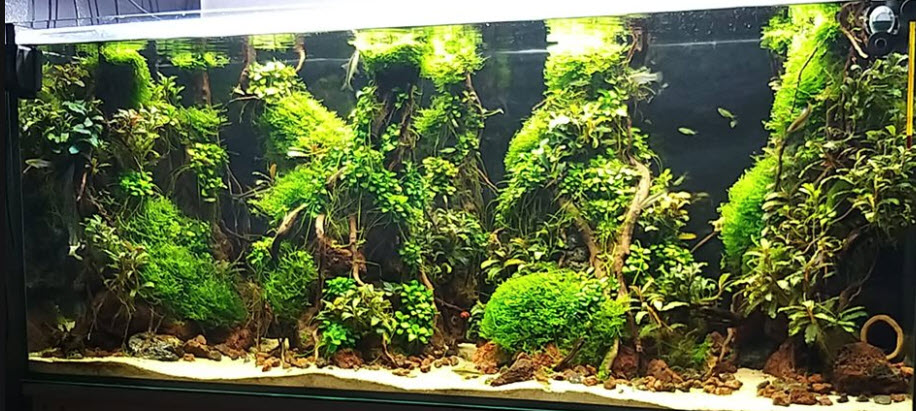
The most important part of an aquarium’s filtration is what goes on at the microscopic level. This is so called biofiltration. It is the world of bacteria and micro-organisms that can’t be seen with the naked eye. This biofiltration is the key to good water chemistry, good fish health and crystal-clear water.
We will cover this topic in layers. The simplest explanation is first. Then things are repeated in greater and greater depth. This is one of those long and boring articles only for real nerds like the author.
Level 1; Biofiltration Simplified
Filtration should be looked at from a chart.
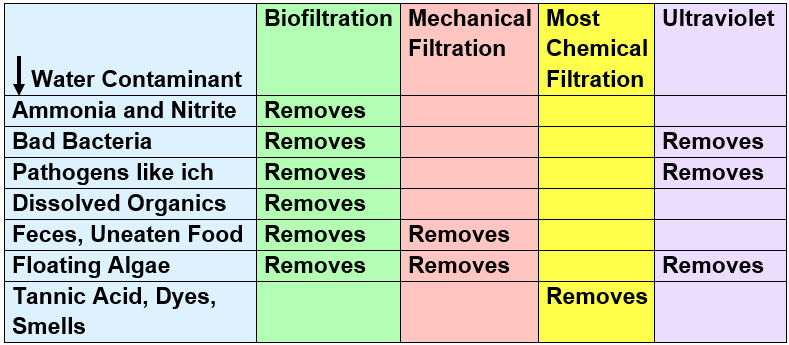
Biofiltration is obviously easily 80% of the game per this chart.
Autotrophs versus Heterotrophs
There are two types of organisms involved in biofiltration, “autotrophic” and “heterotrophic”. “Autotrophic” means “eats chemicals like ammonia and carbon dioxide”. “Heterotrophic” means “eats normal food like carbohydrates and proteins”.
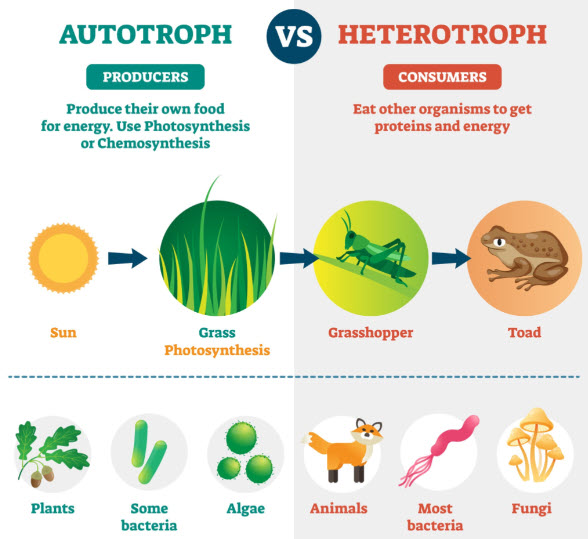
The most important aspect of biofiltration is the removal of poisonous fish pee from the water in the aquarium. In a nutshell, fish pee is a somewhat poisonous material (ammonia, that cleaning stuff that smells bad). This material is rendered harmless in an established aquarium by very slow growing “beneficial bacteria” (autotrophic nitrifying bacteria) which grow on the surface porous structures like gravel or sponge, typically found in the filter and the substrate.
But there is another type of biofiltration which is often overlooked. This is the removal of dissolved organic compounds (DOCs) from the water by heterotrophic bacteria on the surface of the same biomedia. This process creates bacteria free, crystal clear water which is important for fish health. And, in addition, a host of heterotrophic microorganisms in the filter literally “eat” bad bacteria, pathogens, feces, uneaten food, and algae.
What is interesting is to break the filtration chart above down even further:
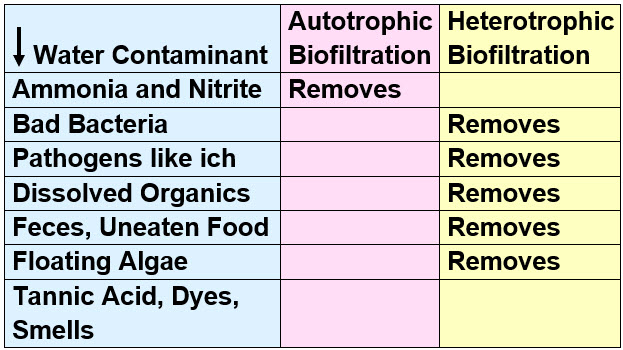
This give one a sense of how important heterotrophic organisms are in the filter. The role of these heterotrophic organisms is very well explained in a YouTube video https://m.youtube.com/watch?v=io731XY8fH8
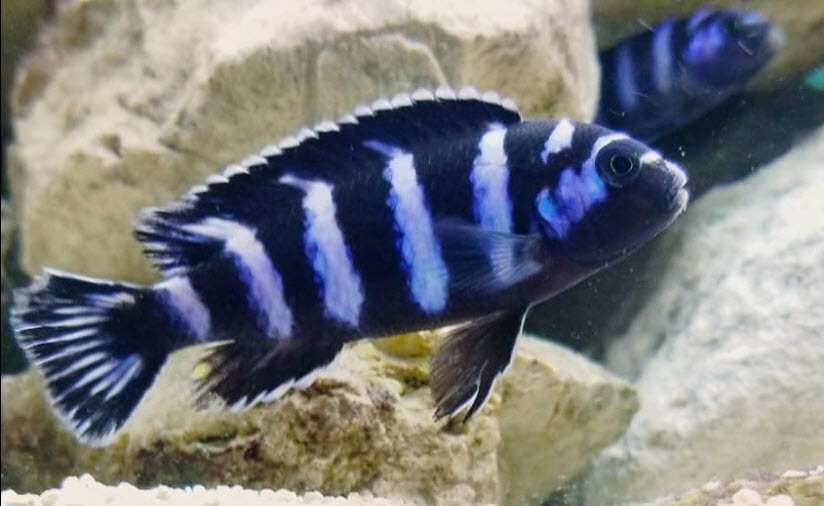
Now we will go into the subject of biofiltration in depth. Only real nerds like the author will find this interesting.
Level 2; Two Types of Biofiltration in Greater Depth
The most important part of any aquarium filter is the biofiltration section. The “biofiltration” is done on the surface of a substrate which is termed the “biomedia”. The greater the surface area of the biomedia the more biofiltration can be done. Biofiltration is done by two distinct groups of bacteria:
- Very slow growing autotrophic (“autotrophic” means it eats chemicals like ammonia) bacteria growing on the surface of the biomedia in the filter oxidize toxic ammonia into nitrate.
- At the same time rapid growing heterotrophic (“heterotrophic” mean basically “eats normal food”) bacteria on the surface of the biomedia in the filter will break down the dissolved organic carbon (DOC) compounds (such as carbohydrates and amino acids from waste food) in the water into carbon dioxide and ammonia.
The second role is often overlooked as it occurs very rapidly and these heterotrophic bacteria on the surfaces of the filter aren’t considered “beneficial bacteria”. They should be considered beneficial bacteria as this portion of the biofiltration is very important in water clarity and in fish health.
What is missed here is that the surface area required for this heterotrophic biofiltration function to give crystal clear water and optimum fish health is twenty times the biofiltration surface area that the ammonia oxidizing bacteria require to be successful.
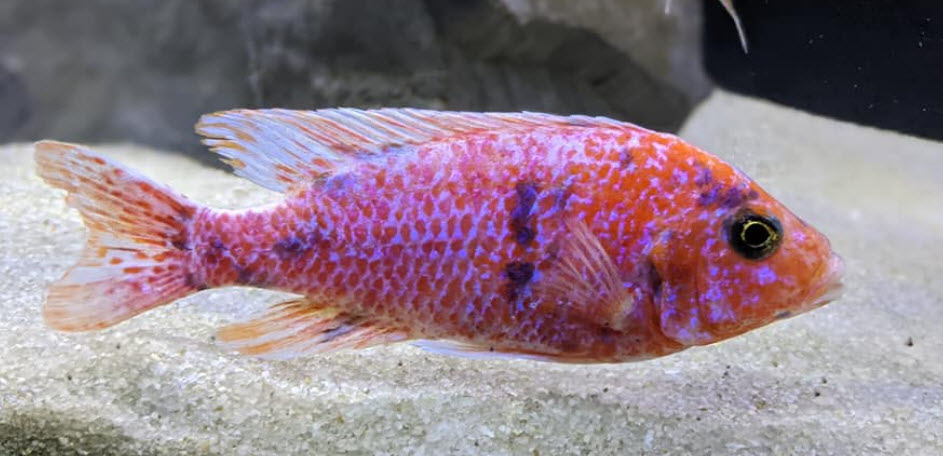
Autotrophic Biofiltration
Most people think of biofiltration in terms of ammonia oxidation. Ammonia poisoning is not as common as many believe but it should be a concern to any hobbyist. Ammonia in very high levels causes internal damage to the brain, organs, and central nervous system. The fish begins to hemorrhage internally and externally and eventually dies. Hobbyists use the term “beneficial bacteria” to describe the bacteria which turn toxic ammonia into non-toxic nitrate.
This “beneficial bacteria” biofilter is ideally a very well oxygenated filter with a lot of surface area and reasonable amounts of water flow through it. Ammonia oxidation takes place in two steps. The first stage is a beneficial bacteria breakdown of the ammonia to nitrite, another form of nitrogen. Then in the same filter another set of beneficial bacteria break down the nitrite into nitrate, a much more benign and non-toxic form of nitrogen.
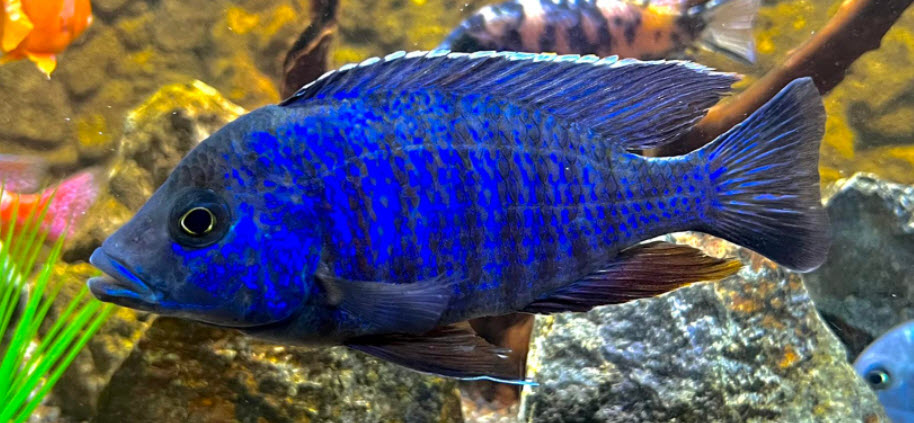
The beneficial ammonia oxidizing bacteria only grow on surfaces, not in open water. And these bacteria require a high oxygen content to their water supply (greater than 80% saturation). Note that these beneficial bacteria also require a pH above 6.0, preferably above 6.5, and a source of carbon dioxide and oxygen to function well.
Because these bacteria only grow on surfaces there is no competition between water column bacteria and filter media bacteria. So the water can pass across the media tens or even hundreds of times before all the ammonia is captured and oxidized. This mean the surface area required for ammonia oxidation is much smaller than the surface area needed for heterotrophic oxidation.
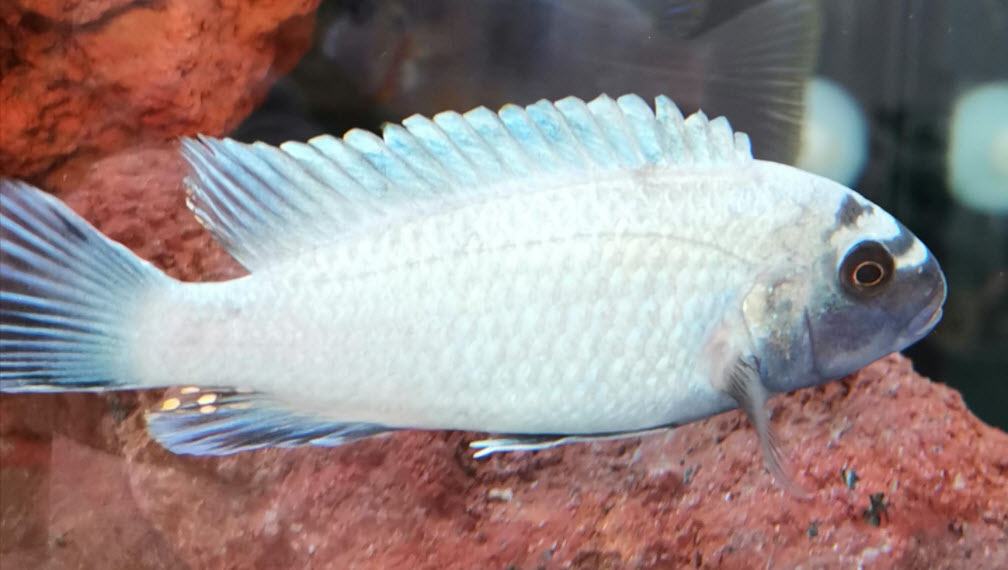
Heterotrophic Biofiltration
There is a type of beneficial bacteria which is often overlooked. That is the heterotrophic (a term which means eats “normal food” like carbohydrates, protein and fats) bacteria. There will be “normal food” in any aquarium from uneaten food and fish feces. This will inevitably feed fast growing heterotrophic bacteria. The question for the hobbyist is do you want this to be done in the filter by the bacteria in brown gunk or do you want it to be in the water column by bacteria which cloud the water and make the fish sick. It will happen in one spot or the other.
If the filter has a lot of fast growing heterotrophic beneficial bacteria in it then it can out compete the heterotrophic bacteria in the water column and prevent cloudy, unhealthy water. Now the influence of bacteria eating microorganisms in the same brown gunk in the filter is also important. The whole argument amounts to “brown gunk in the filter is good” and give you crystal clear water. Most cloudy tanks are tanks where the filter is cleaned far too often, the filter has poor media in it or the filter is too small, like a hang-on-back.
The reason far more surface area is required for this type of biofiltration is simple. The heterotrophic bacteria we are talking about can multiply by dividing in two in as little as fifteen minutes. So in order for the heterotrophic bacteria in the surface of the filter media to out compete the heterotrophic bacteria in the water of the aquarium, the filter media bacteria need to do their job in one pass of the water. This requires a very large surface area.
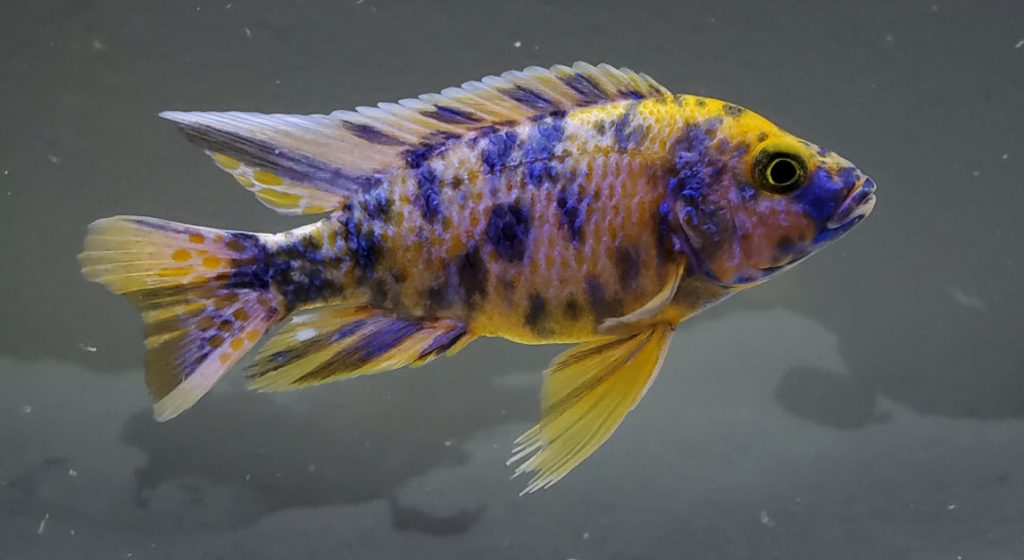
Biofilms and “Brown Gunk”
The beneficial bacteria form a thin biofilm over all surfaces. In areas with low flow the biofilm becomes, over time, a thick, slimy, porous brown gunk with billions of small channels through it. The thicker and older the “gunk” the darker the color and the slimier the feel. A dark brown slimy “gunk” is gold to experienced aquarists. This dark brown “gunk” will rapidly take any ammonia to nitrate and give crystal clear, healthy water.
One of the best write-ups on this subject came from Swiss Tropicals, the supplier of Poret Foam. They said:
“The brown filter sludge in a filter is for the most part alive and not simply waste. Removing this mud does more harm than good. The purpose of the filter media is not to filter out particles from the water as is often assumed. The media serves as the habitat for a vast array of microorganisms that include bacteria, archaea, worms, ciliates, flagellates, and many others. These microorganisms live in a community that is based on biofilms. The biofilms are created by bacteria that secret extracellular polymeric substance (EPS), which is often called “slime”. The community forms a bioreactor that processes the waste and turns it into food and energy for its members, and ultimately into organic or inorganic products that are then used by plants, evaporate, or removed by water changes. It takes a considerable amount of time to establish this “filter community”; consequently, it is very important not to disturb it unless absolutely necessary.”
This is the best write up any supplier of aquarium products has ever made. It is 100% true in all its claims.
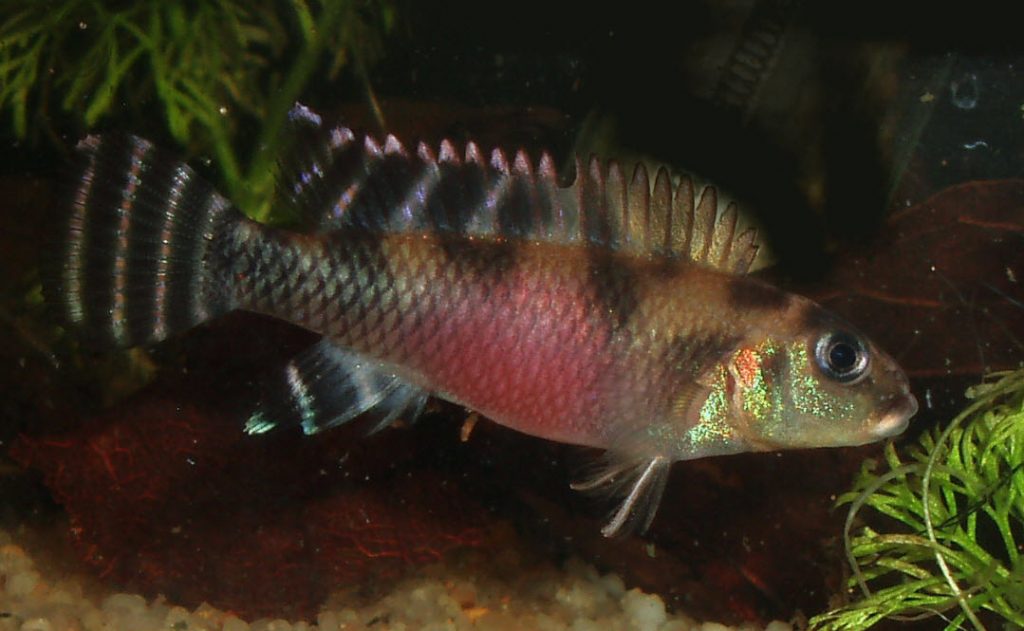
Note that this is a very convoluted intertwined process. Bacteria that decompose uneaten food and feces, bacteria that decompose ammonia to nitrite and bacteria that decompose nitrite to nitrate are working side by side throughout the biofilters.
More often the biofilm is present as brown “gunk” in the interstices of the biofilter. Aquarists often clean their biofilters frequently to remove the “brown gunk” they think is “dirty” and “bad”. This is exactly the wrong thing to do. We go into this in more depth in this link:.
6.8. Thorough Cleaning
Myths
As with most things in the aquarium hobby, there are a several myths about biofiltration and beneficial bacteria which simply aren’t true.
- High Ammonia or Nitrite Levels Stop the Growth of Beneficial Bacteria
- Beneficial Bacteria Die Without Food
- Beneficial Bacteria Stop Reproducing at a Certain Point
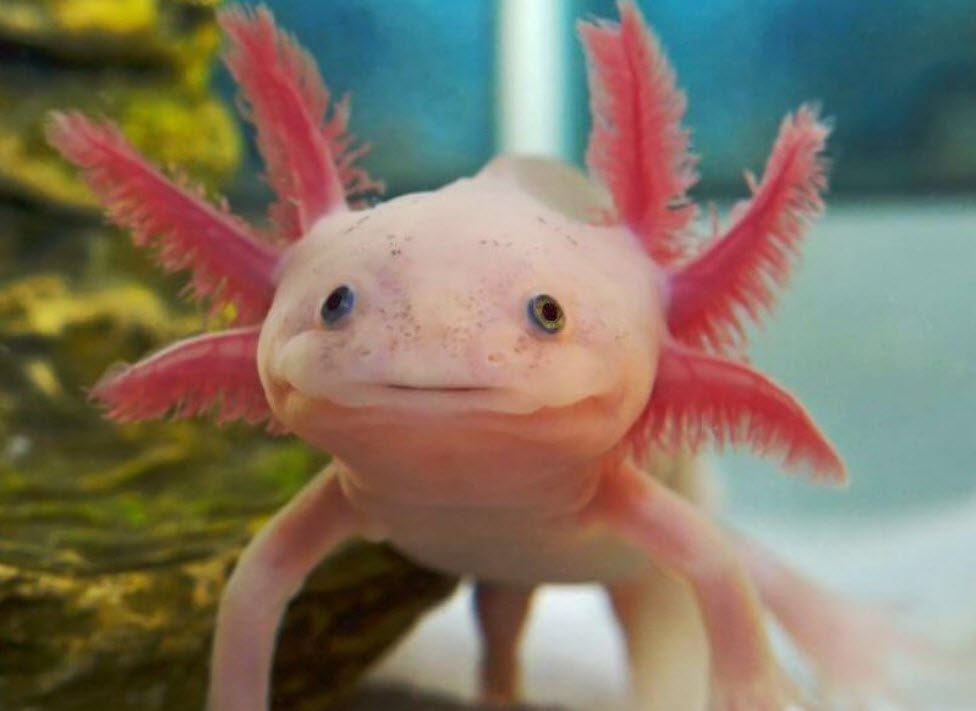
Myth #1, High Ammonia or Nitrite Levels Stop the Growth of Beneficial Bacteria
There is one myth about beneficial bacteria that needs to be dispelled. Ammonia and nitrite spikes to 5, 10 or even 20 ppm will not inhibit the growth of beneficial bacteria. No less than eight university researchers who study beneficial bacteria (Lewis 1958, Olah 1993, Tappe 1996, Willke 1996, Du 2003, Gibbs 1919, Grzesiak 2017, Kasmurik 2018) used 400 to 600 ppm of ammonia and 200 to 400 ppm of nitrite to get the fastest growth of beneficial bacteria which normally grow in less than 1 ppm of ammonia and nitrite.
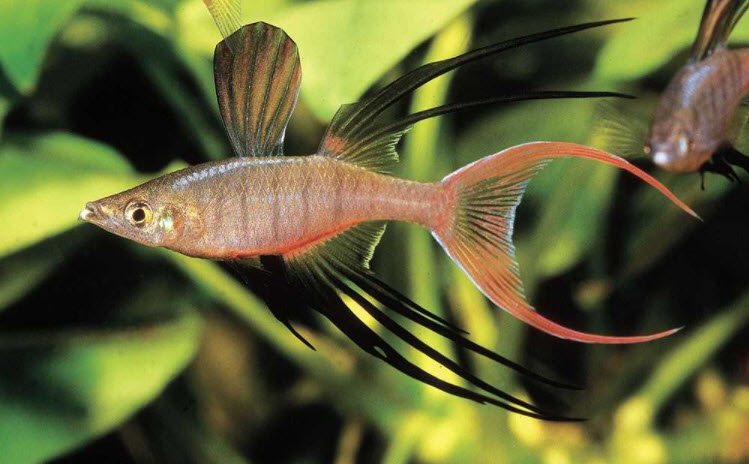
Myth #2, Beneficial Bacteria Die Without Food
There is another myth that needs to be dispelled. Beneficial bacteria do not die if left without food for extended periods of time. In the book “The Isolation and Study of Nitrifying Bacteria”, W. Gibbs, 1919, he found that BB or beneficial bacteria (scientifically these are “aerobic nitrifying bacteria”) retained their potency sealed in a bottle with some air for seven years. Many researchers have confirmed BB live for at least 7 months without food (Geets et. al. 2006, Wilhelm et al., 1998; Tappe et al., 1999; Laanbroek & Bär‐Gilissen, 2002). BB are very primitive, aerobic, low metabolism organisms. BB do not die in months or years without food. They only need to be kept wet and open to the air.
Beneficial bacteria in aquariums do become ineffective if they are allowed to dry out. This is because most of the beneficial bacteria are in the form of porous soft gels. When these gels dry out, they lose their porosity. So, when they are once again wet the water can’t get to the beneficial bacteria so the beneficial bacteria, while still alive, can’t do their job.
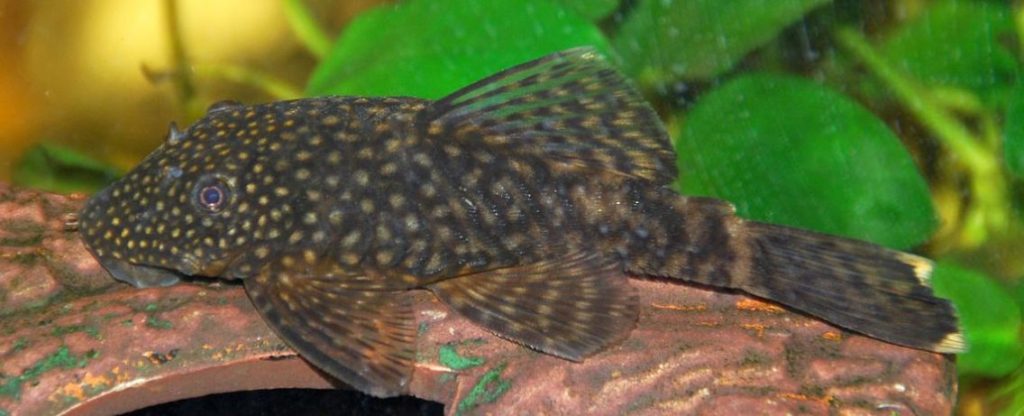
Myth #3, Beneficial Bacteria Stop Reproducing at a Certain Point
Another myth for beneficial bacteria is the concept that beneficial bacteria stop growing when they reach a certain food loading. One well meaning but ill-informed social media commentator made the following statement that on the face of it might seem to make sense:
“Having too much filtration is actually a waste. The nitrifying bacteria, commonly referred to as “BB” or beneficial bacteria colony will only grow to the size that matches it’s food source which is the Bio-load… The bio-load obviously comes from the fish waste and any regular extra food left uneaten (which there shouldn’t be if one is feeding their fish correctly). The BB colony will grow large enough only to consume the amount of waste being produced. No more, no less. So over-filtration is technically not possible.”
This explanation goes sideways because it contains a fundamental misunderstanding about how bacteria live and multiply. Think of it this way. Beneficial bacteria take in food and multiply by dividing in two. So with a large feed of ammonia during cycling the bacteria will multiply at say once every 24 hours. They will multiply every 24 hours till they reach a level of say 1 billion at the end of cycling an aquarium when the ammonia level is say 250 parts per billion (i.e. undetectable on the API test).
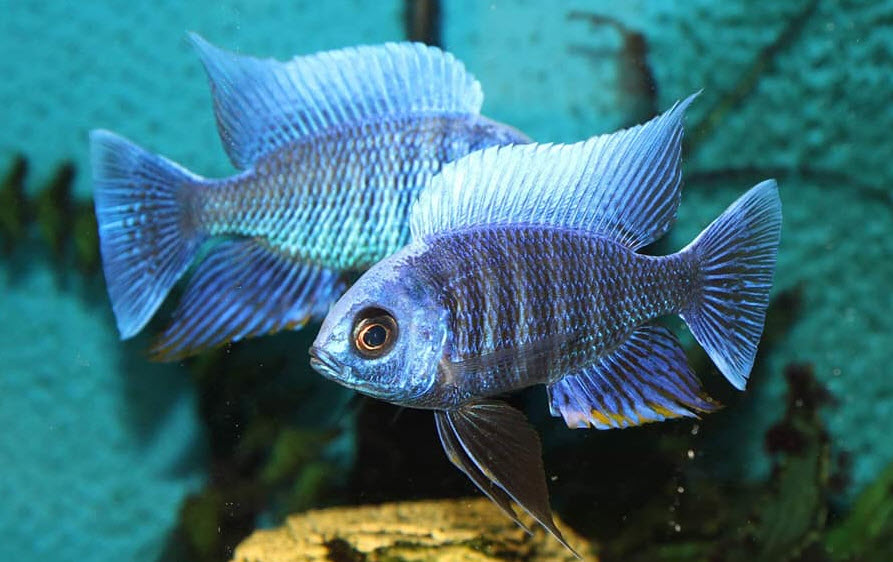
If the feed of ammonia stopped cold at the end of cycling the beneficial bacteria would stop reproducing. But the ammonia feed does not stop at the end of cycling, the fish keep adding ammonia. So the beneficial bacteria keep reproducing, only at a slower rate. The 1 billion might then become 2 billion in two weeks, 4 billion at eight weeks, 8 billion at twenty weeks, etc. So in twenty weeks, without increasing the bioload, the capacity of the biofilter will go up by a factor of eight, assuming one doesn’t clean the filter. Of course this is idealized and very simplified.
Lower order organisms like bacteria do not require a given amount of food per day to survive or reproduce. For example, an autotrophic bacteria supplied with 0.4 ppm ammonia per day from fish may well split in two every day (24 hours). At 0.25 ppm the aquarist says his tank is now cycled and ready to go. But the fish continue to put out ammonia and the bacteria continue to feed. At 0.1 ppm ammonia the autotrophic bacteria might split every 4 days. At 0.05 ppm it might split every 8 days. And at 0.025 ppm it might split in two every 16 days.
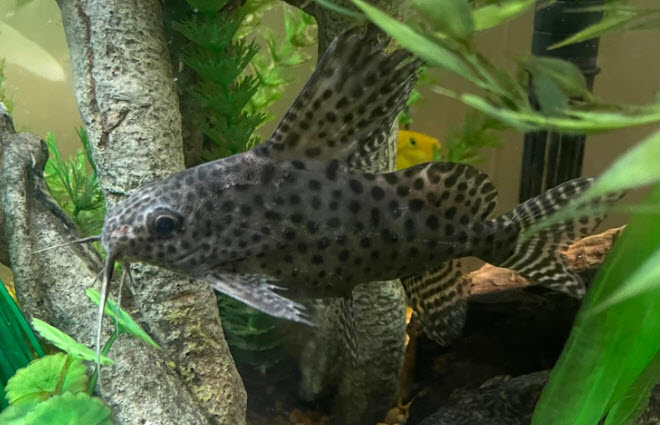
So the NUMBER of bacteria in a system can continue to climb well past the point required to produce ammonia levels below 0.25 ppm. The lower the amount of food the slower the bacteria reproduce but they don’t stop reproducing completely till the level of ammonia hits true zero. Since fish constantly excrete ammonia this level of ammonia cannot hit true zero in any fish tank.
So a well established aquarium (greater than four months old without filter media cleaning) can double or even quadruple the number of fish in the aquarium and not see a spike in ammonia. Since the reproduction rate is being reduced exponentially and there are organisms eating the beneficial bacteria in the filter media, there is a practical limit to the growth but it is probably on the order of five to ten times the number of bacteria required to get the ammonia level below 0.25 ppm.
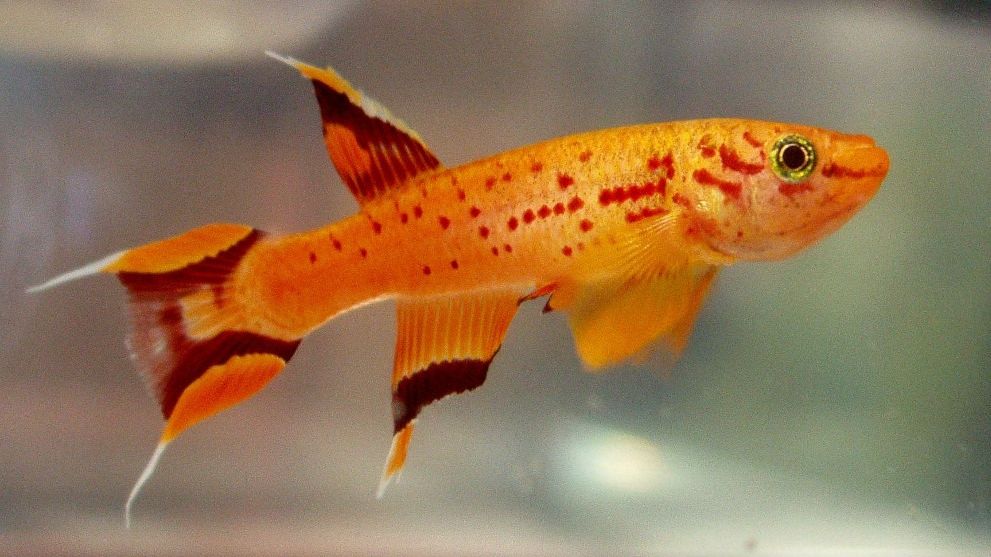
Also the comment assumes that “beneficial bacteria”, i.e. nitrifying bacteria that oxidize ammonia, are the only organisms of importance in a biofilm. As the Poret write-up alludes to, there are a whole host of “beneficial critters” in most biofilms in the aquarium.
The Science of Filtration in Depth
There are some aquarium hobbyists who are interested in delving deep into the science and the calculations behind all aspects of filtration. For those who are so inclined the following is pertinent:
6.2.1. Detritus Explained
6.2.2. Brown Gunk in the Filter
6.2.3. Cloudy Water
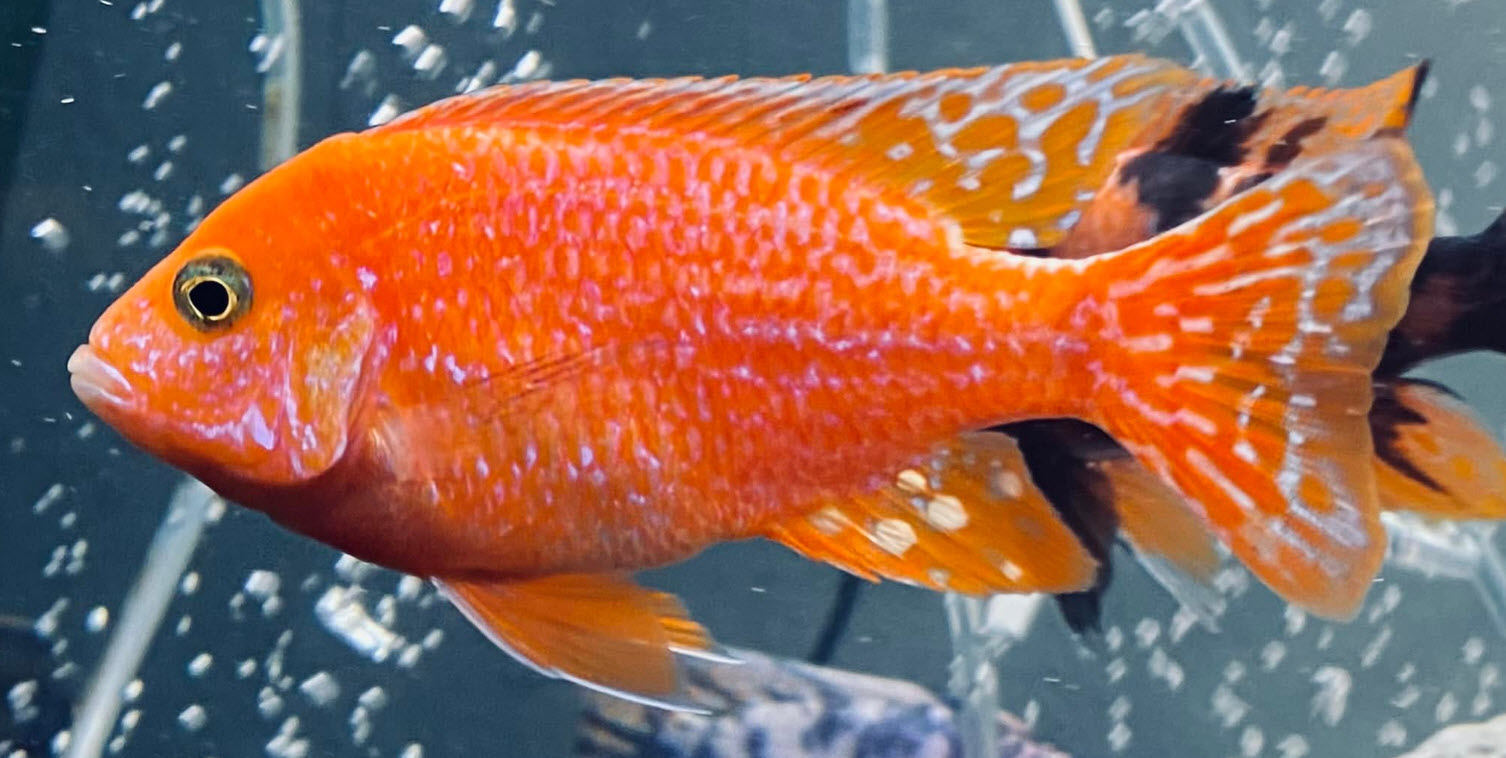
Then there is the science behind cycling for those who are curious. This science is reviewed in the following links:
2.10. The Nitrogen Cycle
2.11. Inoculate for Cycling
2.12. Beneficial Bacteria
2.14. The “Mature” Aquarium
.
Return to Filtration Menu
.
Aquarium Science Website
The chapters shown below or on the right side in maroon lead to close to 400 articles on all aspects of keeping a freshwater aquarium. These articles have NO links to profit making sites and are thus unbiased in their recommendations, unlike all the for-profit sites you will find with Google. Bookmark and browse!
.

Dave says
In reply to Damian …… While several articles on this website have the way to calculate square footage probably the easiest method is shown in the article https://aquariumscience.org/index.php/8-8-1-sizing-filters-in-depth/
Damian says
How does one calculate the square footage of biofiltration that an aquarium has?
Dave says
In reply to Ivam …. I avoid all advice on saltwater.
Ivam Iopp says
Hi,
The media K1 works perfect in my fresh water tank, the tests are perfect thank you very much!!! Now I think to start a salt water tank what would you recommend? (Size, media and sump). I don’t what a big size tank but i would like to do with K1. Please help me out.
Ivam
JL says
Honestly, this makes so much sense. People are always asking about water parameters when fish are sick, and seldom about filtration vs bioload. And then people suggest more water changes, fewer feedings/cutting back melting plants, or removing large pooping snails. This might solve the problem in the short term, but I don’t think I’ve ever seen it suggested to add more media to the filter to solve the problem in the long term. I hope I have this correct. Still fairly new to the hobby, but reading voraciously because internet land is very frustrating. I find these articles very helpful.
Dave says
In reply to Ivam As big as you can fit underneath. At least an 80 liter sump filled with 60% K1 media.
Ivam Iopp says
Hi,
First of all, I like to give you congratulations on your posts are very helpful. But I want to ask you for a little help I have a 250-litre aquarium and I like to use a K1 media bed only to do my filtration. How much of the media K1 do I need? And how big is the bed(sump) for the size of my aquarium?